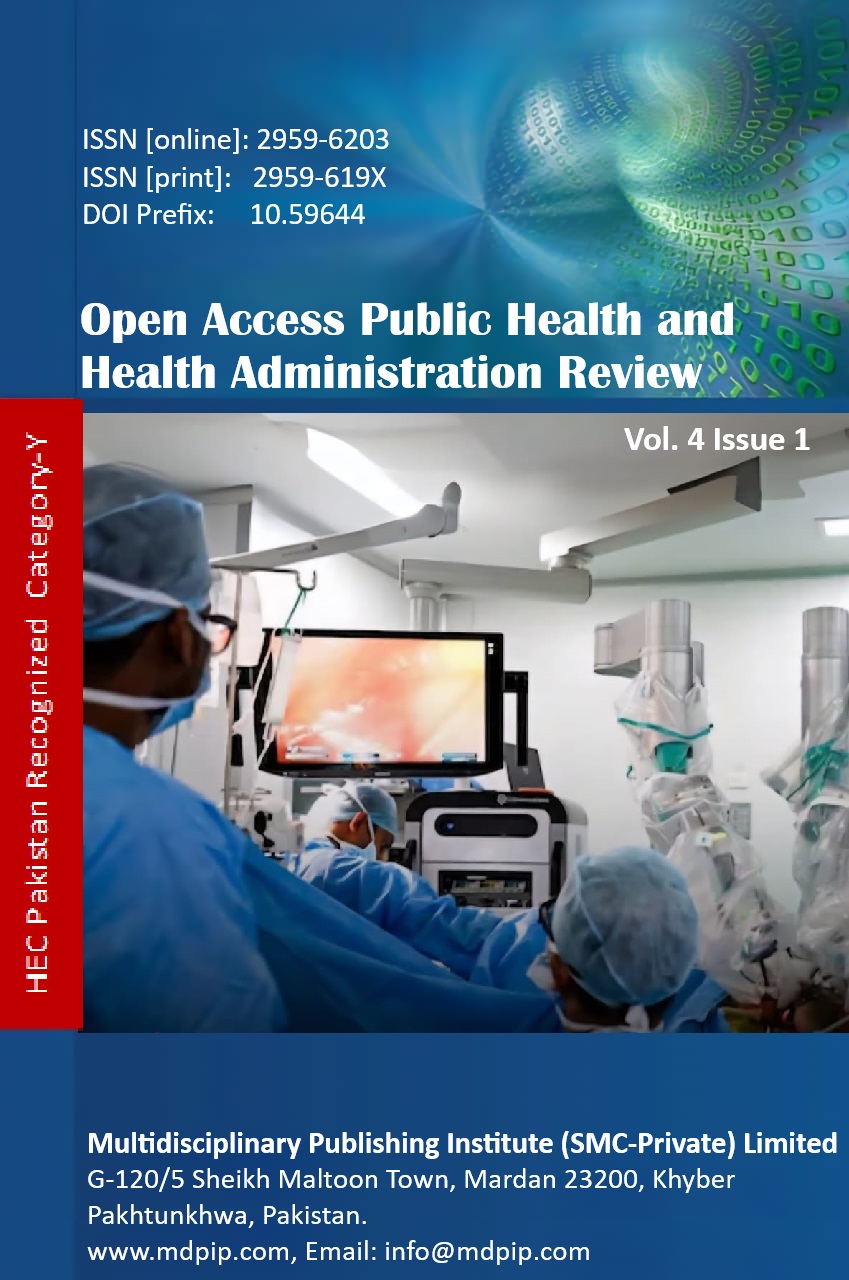Comparison of Relative Fecundity and Early Survival of Ctenopharyngodon idella and Hypophthalmichthys molitrix through Induced Breeding
DOI:
https://doi.org/10.59644/oaphhar.4(1).199Keywords:
Induced Breeding, Ovaprium, Relative Fecundity, Survival Rate, Ctenopharyngodon, Hypophthalmichthys Molitrix.Abstract
Induced breeding is also a fundamental capability that ensures aquaculture has a visibly reliable source of seed of aquaculturally valuable species. The relative fecundity and early post-hatch survival of two cyprinid species, the grass carp (Ctenopharyngodon idella) and the silver carp (Hypophtalmichthys molitrix) were the objective of the present study. Ovaprim was injected into the brood fish at three levels of dosage, such as high, standard (0.5 ml/kg in females; 0.3 ml/kg in males), and low. Spawning behavior was noted eight hours after the injection, and the equivalent ovulation, fertilization, and hatching rates were documented systematically. At the same time, the parameters of water quality were measured during the experiment. The variation in ovulation and fertilization was sharp between the subjects who received the low dose and those who received the standard dose; however, the variation between the high dose and the standard dose was not significant. The grass carp under study in the current study hatched four times on average, with a value of 60%. Silver carp hatches, by contrast, have been unsuccessful because temperature inconsistent with both pond and hatchery waters has led to development being halted. These results show that the Grass carp is more resilient to thermal stress in comparison to the silver carp in a similar environment. Studies done in hatchery evidenced that induced breeding of grass carp resulted in good production, but reproduction of silver carp was still impaired by variable thermal regimes. These findings support the need to maintain ideal and consistent environmental settings to increase breeding success of induced aquaculture.






